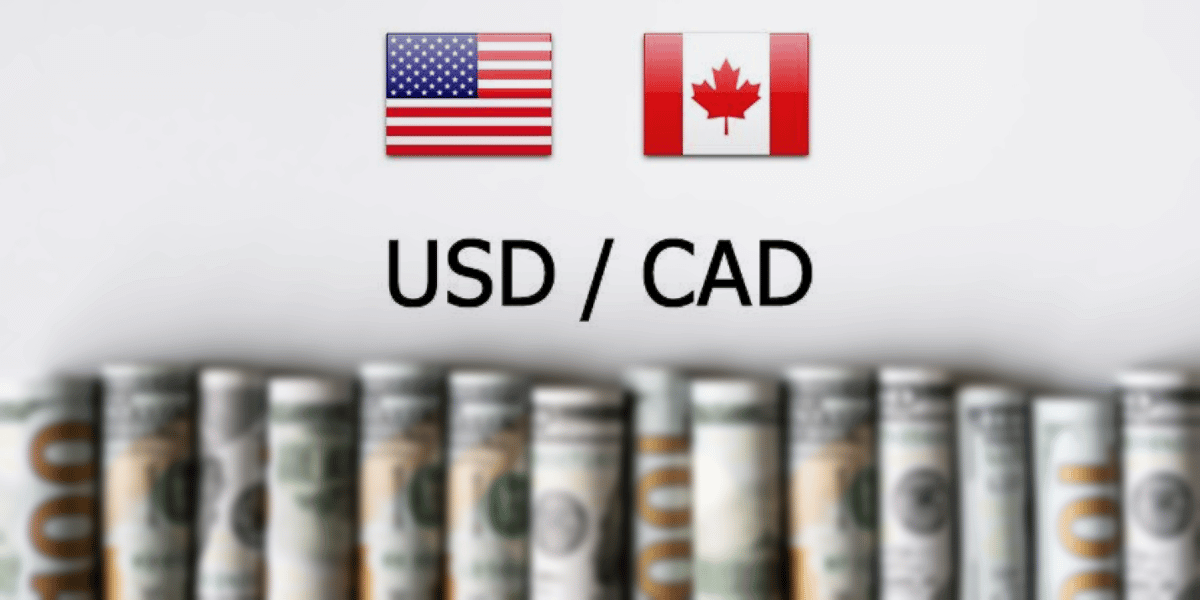
USD/CAD Rebounds Amidst Oil Decline and BoC Warnings
Quick Look:
- USD/CAD pair rebounds, approaching 1.3590 as USD strengthens.
- Decline in WTI oil prices to $80.70, influenced by increased crude stock.
- BoC’s warnings on Canada’s economy underline the CAD’s pressure.
In recent trading sessions, the USD/CAD currency pair has witnessed a notable shift in dynamics, halting its two-day downward trajectory and edging higher towards the 1.3590 mark during the Asian session on Wednesday. This movement signifies a recovery for the US Dollar (USD), fueled by a combination of strengthening dollar conditions and external pressures on the Canadian Dollar (CAD), particularly from declining crude oil prices.
Economic Concerns and Monetary Policy
Amid these currency fluctuations, the Bank of Canada’s (BoC) Senior Deputy Governor has raised alarms over Canada’s economic challenges. Rogers pointed to low productivity stemming from inadequate investment, stiff competition, and underutilization of skills among new Canadians as pressing issues. Furthermore, the potential threat posed by current inflation levels was underscored, suggesting a more significant impact on the economy than witnessed in recent decades.
USD/CAD in the Eye of Market Turbulence
The broader financial markets have mirrored the cautious approach observed in currency and commodity trading. Consequently, Asian equity indexes took cues from Wall Street, ending the day with modest losses. This was as investors deliberated over the potential impact of forthcoming economic data and the trajectory of the US Federal Reserve’s (Fed) policy.
However, European equity markets diverged from this trend. Specifically, the German Dax stood out, leading gains among major indexes.
In conclusion, traders and investors are carefully navigating this complex landscape. As a result, the USD/CAD pair’s movements have become a key area of focus. These movements provide valuable insights into the relationship between currency strength, commodity prices, and economic health. Moreover, the changing dynamics of the financial markets highlight the global nature of investor sentiment. This sentiment is shaped by a variety of factors, including economic indicators, policy expectations, and geopolitical developments.




